
The landscape of automotive engines is rapidly changing as the world shifts focus towards sustainability. As electric vehicles gain popularity, several traditional gas engines are poised to become obsolete. Below, I explore six types of engines that are expected to disappear by 2027.
1) V8 Muscle Car Engines
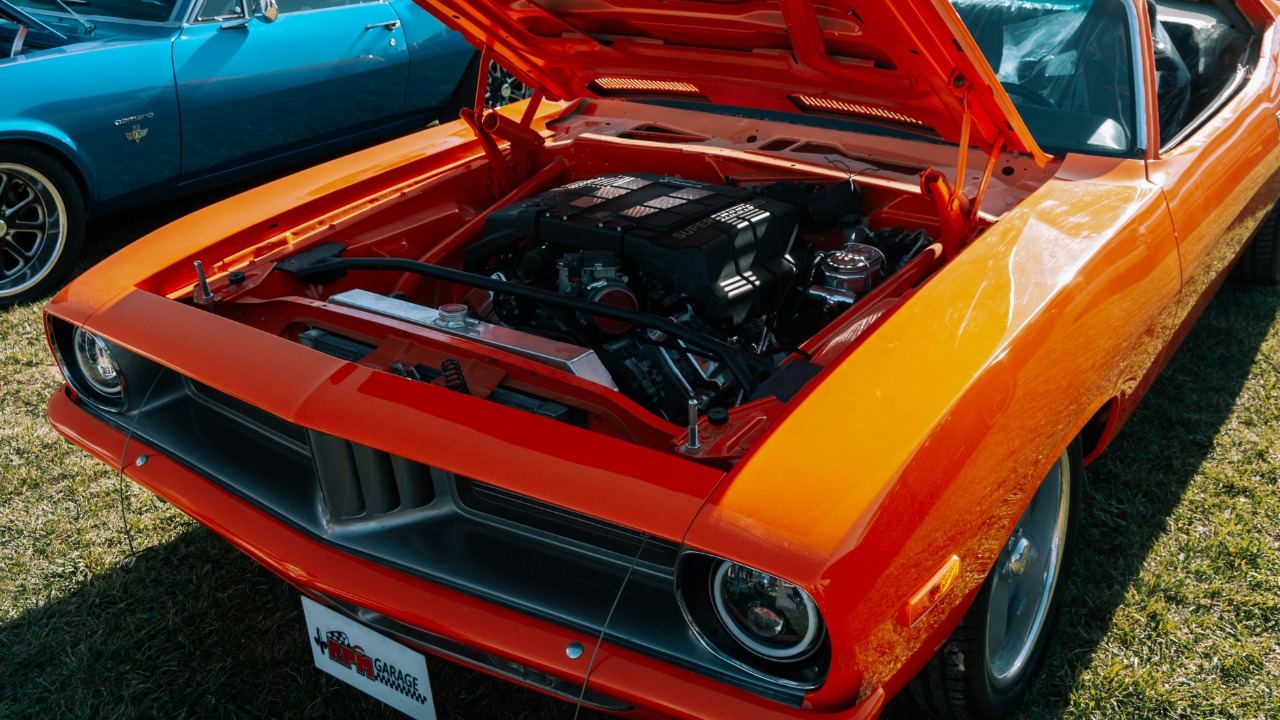
V8 muscle car engines have long been a symbol of American automotive culture. However, the push for environmental sustainability and fuel efficiency is rendering these gas-guzzling engines less viable. Many car manufacturers are pivoting towards electric and hybrid alternatives, leading to a decline in new V8 models. As emissions regulations become stricter, V8 engines face an uncertain future.
2) Small Displacement Turbocharged Engines
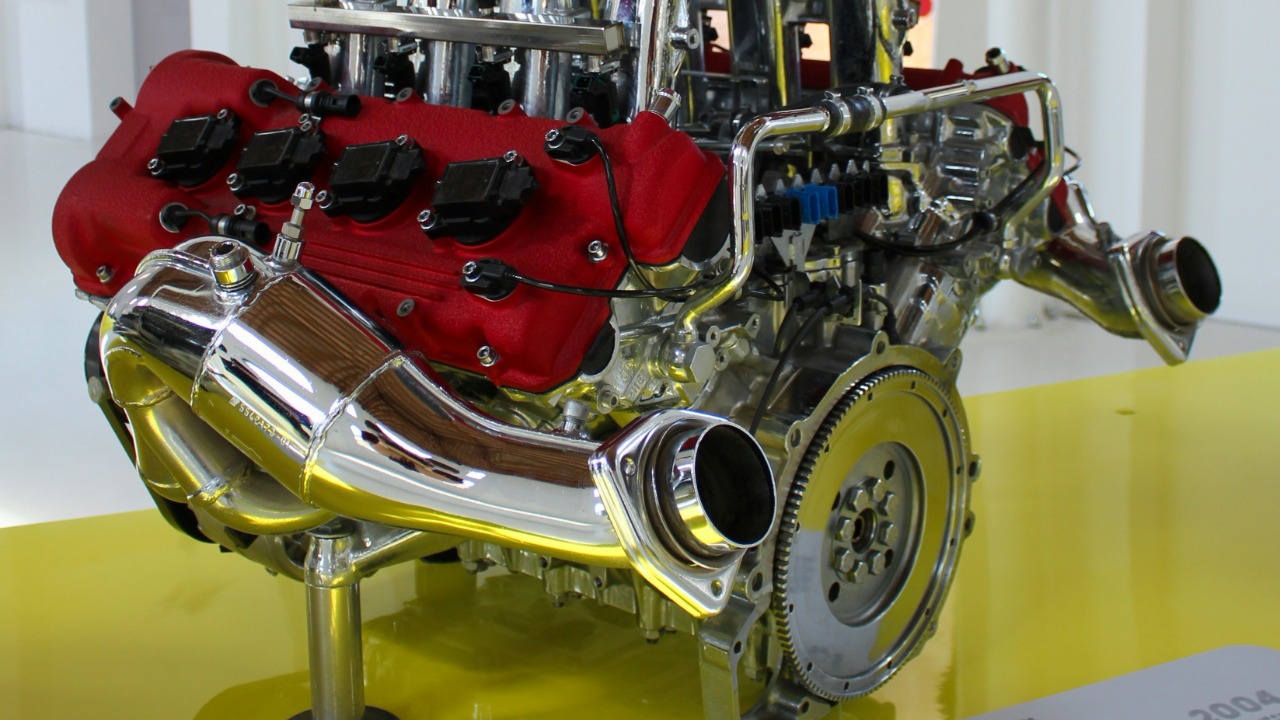
These engines were once celebrated for their ability to deliver power without the bulk. However, the rise of electric vehicles is challenging their relevance. With governments and manufacturers committing to phasing out gasoline engines, small displacement turbocharged engines are losing their appeal. As the automotive industry continues to innovate, the advantages of these engines are increasingly overshadowed by the benefits of electric powertrains.
3) Naturally Aspirated Six-Cylinder Engines
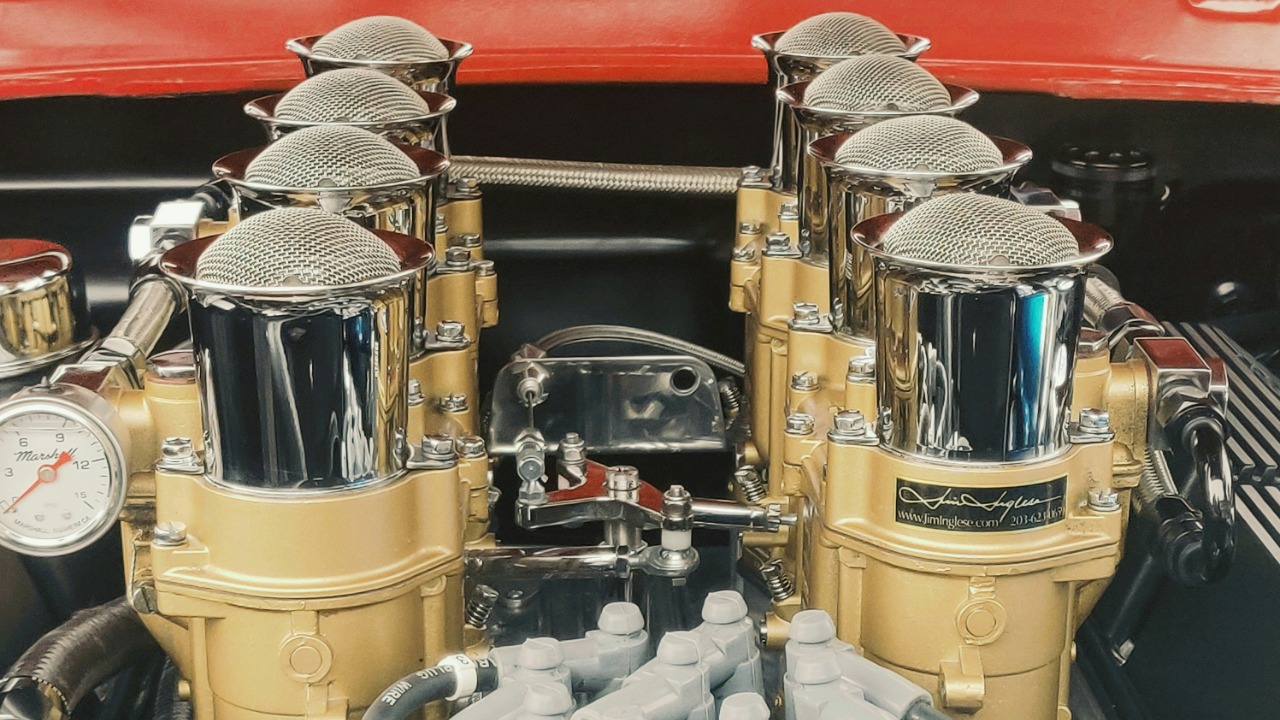
Once a staple in many family sedans and sports cars, naturally aspirated six-cylinder engines are being phased out in favor of more efficient alternatives. The growing demand for better fuel economy and lower emissions is driving manufacturers to adopt turbocharged four-cylinder or hybrid systems instead. As the market adapts, these traditional engines are expected to fade away.
4) Diesel Passenger Car Engines
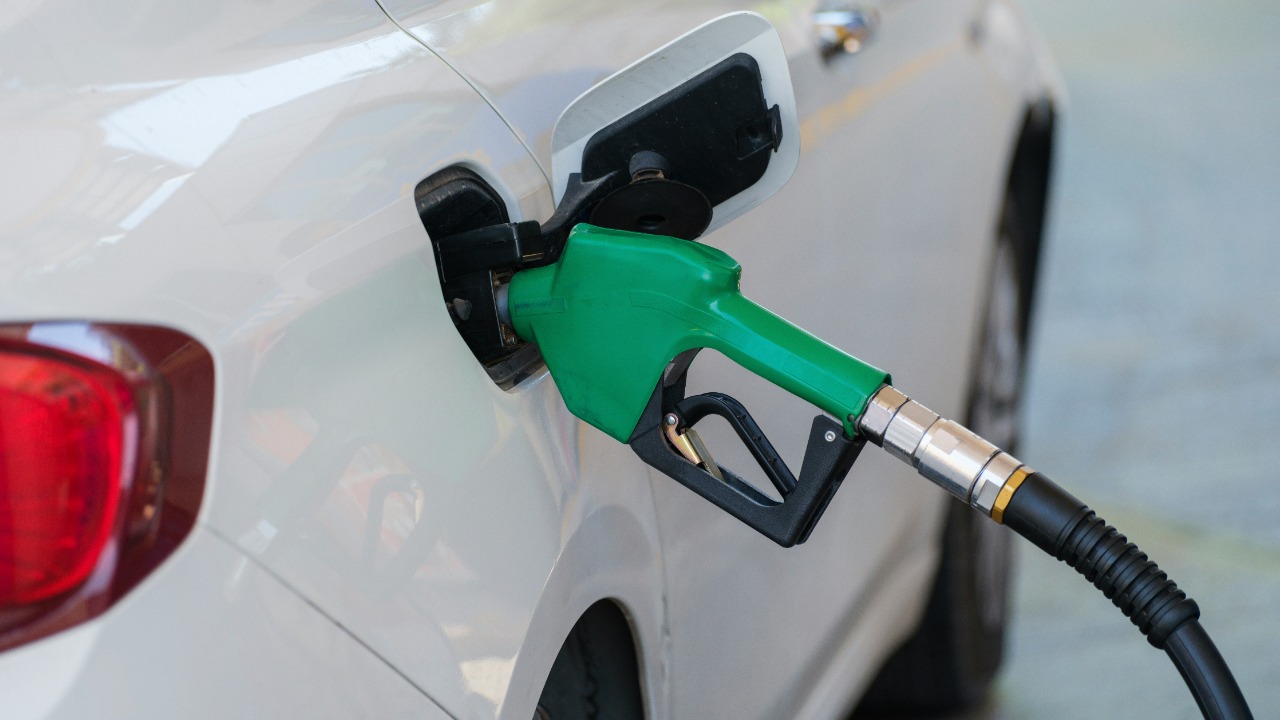
Diesel engines have faced increasing scrutiny over emissions concerns, especially in passenger cars. Countries like India are considering banning diesel cars altogether to meet environmental goals. As electric vehicle technology advances, the appeal of diesel engines diminishes, making them one of the most likely candidates for extinction by 2027.
5) Rotary Engines
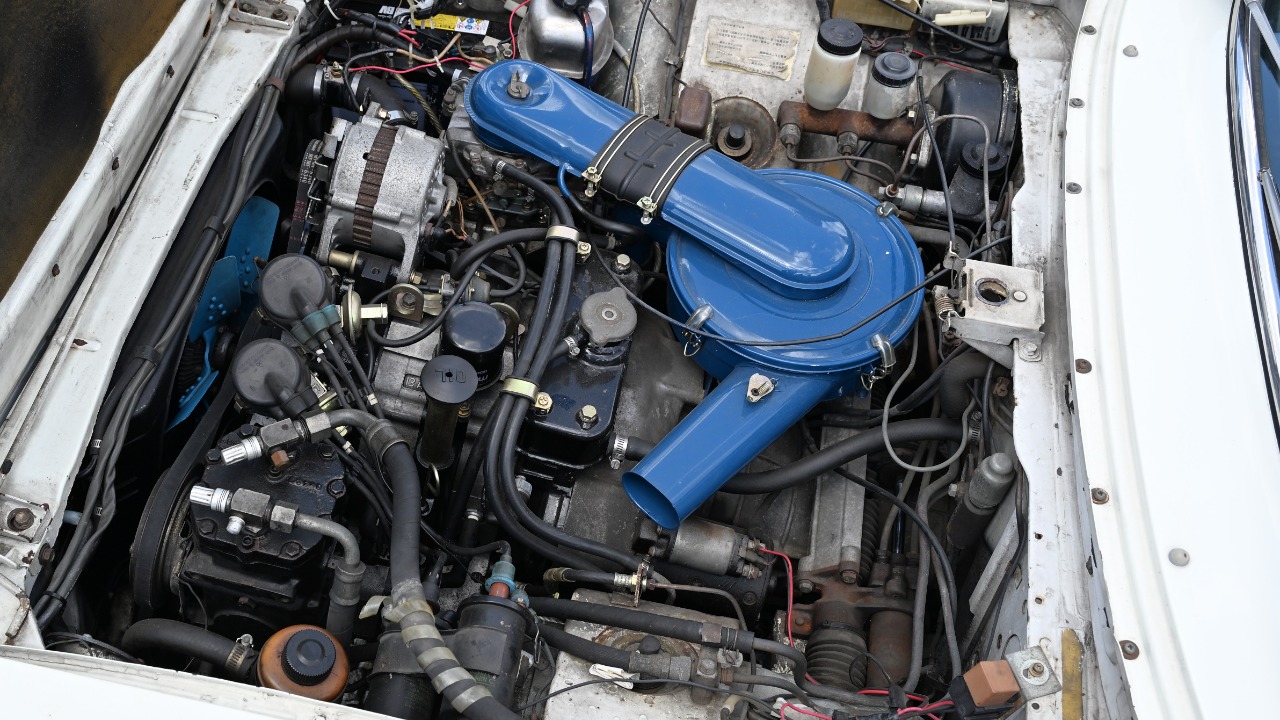
Known for their unique design and high-revving capability, rotary engines have a cult following. Despite this, they are notorious for poor fuel efficiency and emissions performance. The challenges in making rotary engines environmentally friendly and efficient have limited their comeback. As the automotive world moves towards electrification, rotary engines are expected to remain a niche interest rather than a mainstream option.
6) Large Displacement Luxury Car Engines
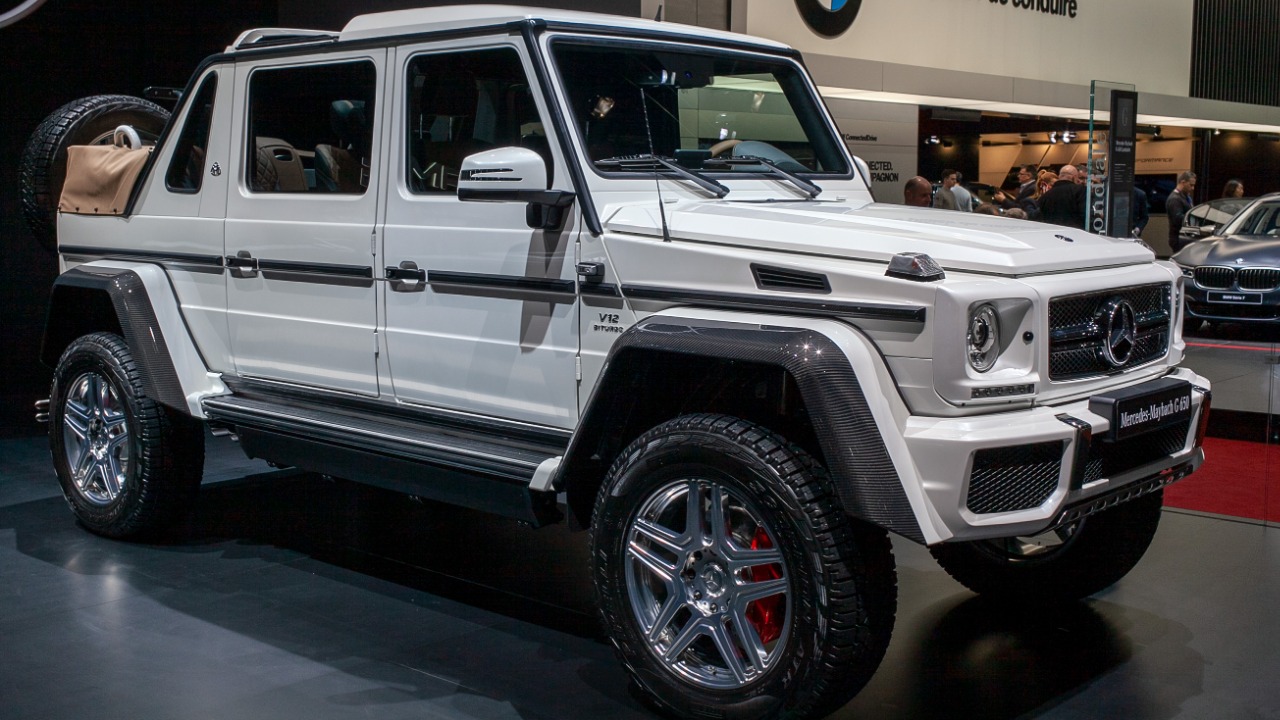
Luxury cars have traditionally relied on large displacement engines to deliver a smooth and powerful driving experience. However, the push towards zero-emission vehicles is prompting a shift in priorities for luxury car manufacturers. As electric and hybrid luxury models gain traction, the demand for large gas engines is expected to decline significantly, marking their potential extinction.